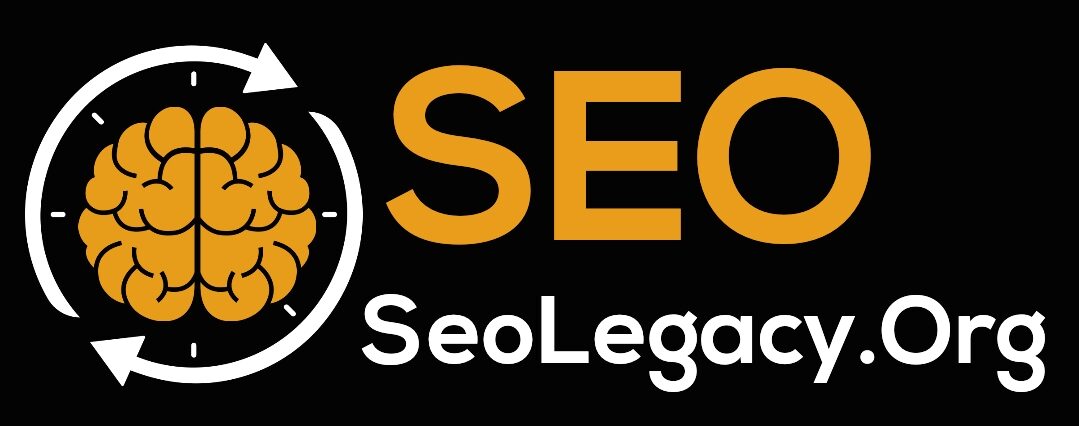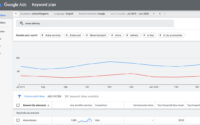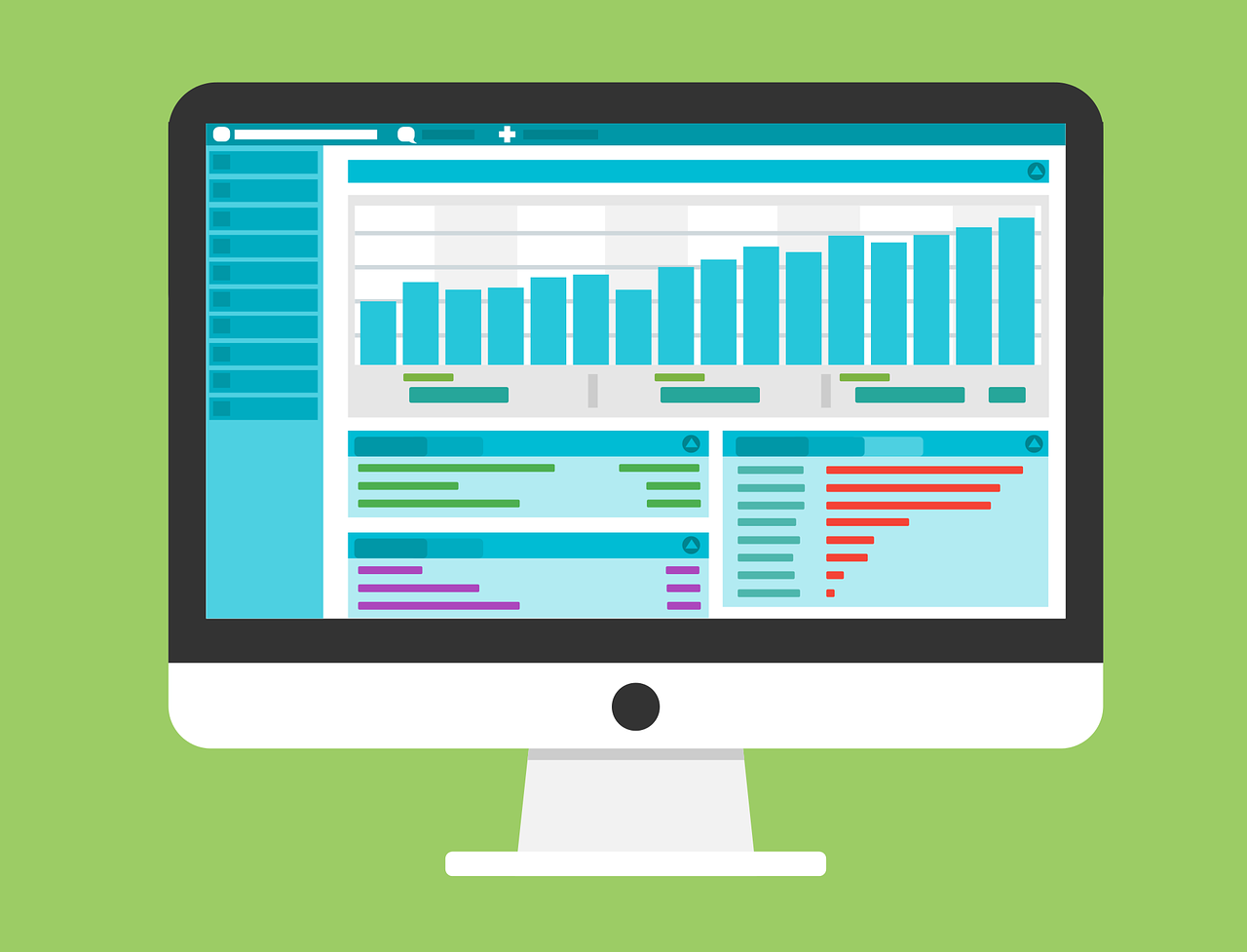How To Increase Sales By Including Incentives In Your PPC Ads
Too frequently, poor pricing or design can prevent sales. You can, however, get past it with a small incentive. This is how to put it into practice in PPC.
We’re as yet not yet in a downturn, but rather all that in life costs more.
It’s harder to make sales when everything costs more. Especially if you aren’t the cheapest option or, even worse, if your website doesn’t do enough to get people to buy from you.
Stop reading if you are offering a product or service that is in high demand, have an amazing website, and charge less than your rivals. You won’t get anything out of reading this article.
This might actually be helpful for those of you who don’t have Amazon in your domain.
Any marketer who is worth their weight will tell you that a repeat customer is superior to a one-time customer provided that you are not selling a product or service that is only used once (yes, those do exist). Consider it from the perspective of lifetime value (LTV).
The cost to the customer and the customer’s experience on the website are two of the most significant barriers to online sales of any good or service.
We turn to incentivization in your PPC campaigns if price reduction is out of the question in the long run and you lack the means to improve your questionable user experience.
How to get started: Parse out your crowds and know their value
Disclaimer: This method will work for Search, Display, Discovery, YouTube, Performance Max (sort of), and Bing Shopping (I still don’t like to call it Microsoft). It will work until April 2023. It can’t be used with Google Shopping. Additionally, it might be restricted to particular subsets (such as healthcare, financial services, and so forth).
Segregating your previous and current customers into active audience lists and determining their LTV are the first steps.
Set a duration parameter (i.e., customers who have purchased in the past 120 days) to separate customers. This can be accomplished by uploading a basic CRM file to the Google or Bing UI. This works well for Meta, Trade Desk, and most biddable media platforms where the end experience is on your website.
Also, I like to make audience lists of people who have bought something from the site (use the same amount of time as you do for the CRM upload) so that this can sort of be like a recycling dynamic list. Very much like the New York Planes quarterback position, a continually pivoting and repopulating job with a two-season life expectancy before the player is dropped from it and another one is added on.)
While doing this, an evaluation of how much rebate you can consider ought to be led. You can determine the amount of a first-time customer discount you can offer (for example, “15% off your first purchase”) if you know that the typical customer purchases from you three times per year.
Decide the amount you’re willing to eat on the last income (perhaps even at a slight misfortune) on the off chance that it guarantees you’ll get another buy from that customer.
If you aren’t winning because of your price and the user experience is terrible (ask a 13-year-old to checkout on the website, and they will tell you how bad it is unnecessarily bluntly), make the incentive truly worth it. I don’t recommend going broke on the incentive.
It’s important to remember: An impetus doesn’t be guaranteed to mean it must be a markdown on a decent. Gifts, free or discounted shopping, and bundle deals are additional options.
Or even the attractiveness of the special incentive, which entitles a customer to join your exclusive club upon making their first purchase (a glorified term for being added to your email list or rewards program).
Plan of the account: Ensure that your campaigns are tailored to various target audiences.
Here is where the drawn-out snort work comes in.
Although it is possible to segment at the ad group level, as is required by Performance Max, I prefer to do so at the campaign level. Therefore, we will conduct it at the campaign level for the purpose of this explanation.
Whenever the situation allows, decide whether your pursuit crusades produce more rehash or first-time buys. This will assist you with settling on crowd rejections and arrangements for the following part.
Make copies of your current campaigns. Pro tip: You will save time if you do this in the editor tools.)
Keep in mind that the initial campaign will be dedicated to repeat customers if your current campaigns attract a lot of them. Simply add it to the campaign’s name.
Then apply the recurrent customer crowd records and CRM records to it as an interest group (There is a new-ish capability in Google to just offer for new clients, yet I don’t utilize that and favor records, with the exception of on Execution Max).
This will just permit the promotions in that mission to hit those on the objective records. Apply the CRM and shopper audience list as a negative audience/exclusion so that the campaign only serves ads to new customers if the campaign attracts a greater number of new customers.
Perform the settings for the original campaign in reverse on the new duplicated campaign.
This procedure should be repeated for each and every kind of campaign, with the exception of Performance Max. This strategy has a strong direction on Performance Max, but it is far from 100%.
Make duplicate campaigns (with audience segments included). Nonetheless, you will check the crate for one mission just to offer for new clients. The other campaign may or may not attract first-time customers, but as of this writing, it is as close as you can get.
The fact that, despite appearing identical, the two campaigns actually target distinct, non-overlapping audiences is the most important aspect to focus on. This makes it possible to serve distinct creative to each audience.
Furthermore, when first-time customers convert, they will be adjusted by the recurrent customer crusade proceeding.
Putting the reward into action
You have now divided your campaigns into those for new or first-time customers and those for repeat customers.
In addition, you have determined a customer’s LTV and the amount and type of incentive you can offer to “get them into your system.”
On the mission assigned for new customers, I suggest turning three promotions whenever the situation allows (somewhere around two).
The control or evergreen ad, which you could also use for the repeat shopper campaign, and the other ads with incentives are the other two.
The motivator advertisement ought to mirror an advancement, just imparted to passed or first-time clients to captivate them to purchase from you once (before you dog them with messages).
This can be reinforced by using promotion extensions, sitelinks, and other incentive deals at the campaign level.
Last but not least, often the clincher are distinctive landing pages that reflect the promotion in the advertisement but cannot be accessed from within the website.
The conclusion
You have now successfully offered a promotion to a new customer, persuaded them to give you their information, and collected that information to use in future marketing efforts.
It’s a simple method that gives you creative assets you can use for both groups as well as a deeper comprehension of the requirements for budget allocation.



